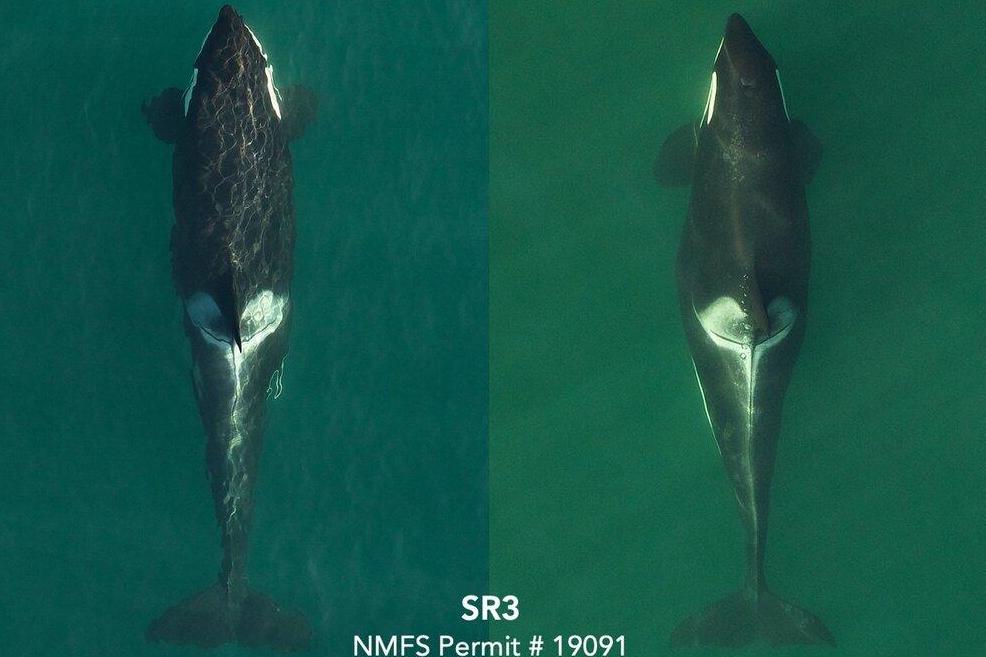This website uses cookies so that we can provide you with the best user experience possible. Cookie information is stored in your browser and performs functions such as recognising you when you return to our website and helping our team to understand which sections of the website you find most interesting and useful.

An orca who caught the world’s attention two years ago when she carried her dead calf for almost three weeks has become pregnant again.
The whale known as Tahlequah was captured on drone photos over the past month, say scientists.
She is among multiple expectant killer whales who researchers at SR3 in Seattle, Washington, have observed since July.
Scientists say it is not unusual for orcas from neighbouring pods to become pregnant at the same time, although the majority of recent pregnancies were said to have been unsuccessful.
“Studies by our colleagues at the University of Washington have shown that these reproductive failures are linked to nutrition and access to their Chinook salmon prey,” said SR3.
“So, we hope folks on the water can give the Southern Residents plenty of space to forage at this important time.”
Tahlequah belongs to a community of 73 whales across three pods, who are normally encountered off the Canadian and Northwestern US coasts.
The species is considered endangered in both Canada and the US.
In 2018, Tahlequah caught the world’s attention when she carried her dead newborn for 17 days while swimming 1,000 miles (1,600km).
Whilst orcas are known to carry their dead calves for around a week, Tahlequah’s mourning was described as unusual at the time.
According to SR3, it is not known how many killer whales are expected this time around.
The scientists shared photos online this week which compared Tahlequah in September, when she was several months into her pregnancy, and this month, with an increased width mid-body.
A killer whale is typically pregnant for 17-18 months, said SR3



 Africana55 Radio
Africana55 Radio 

